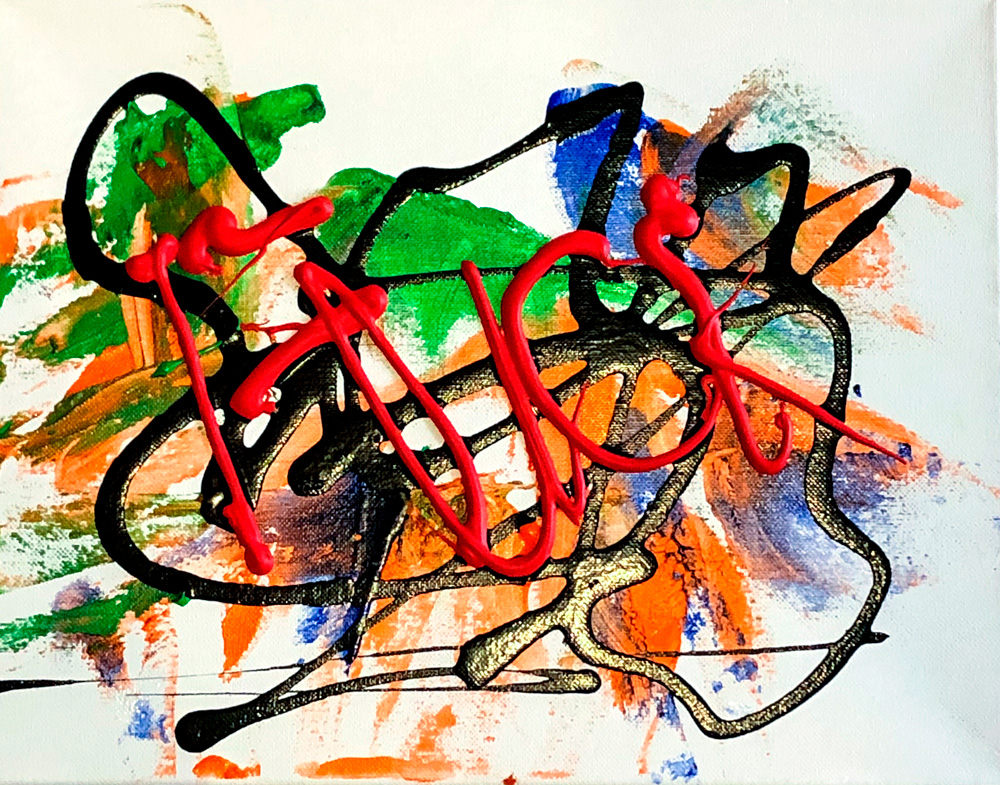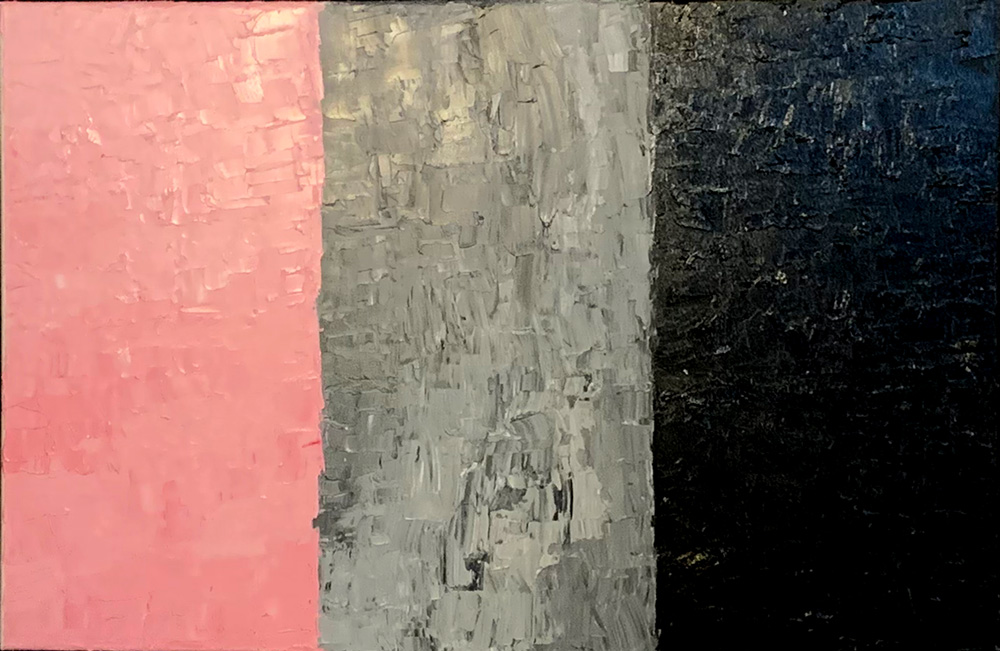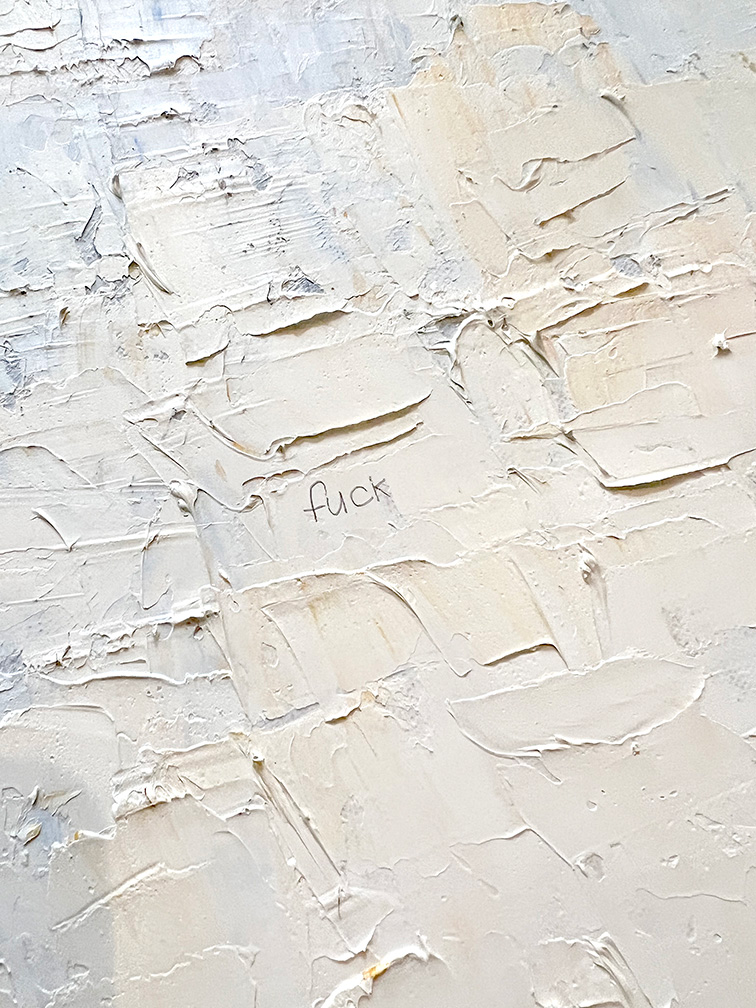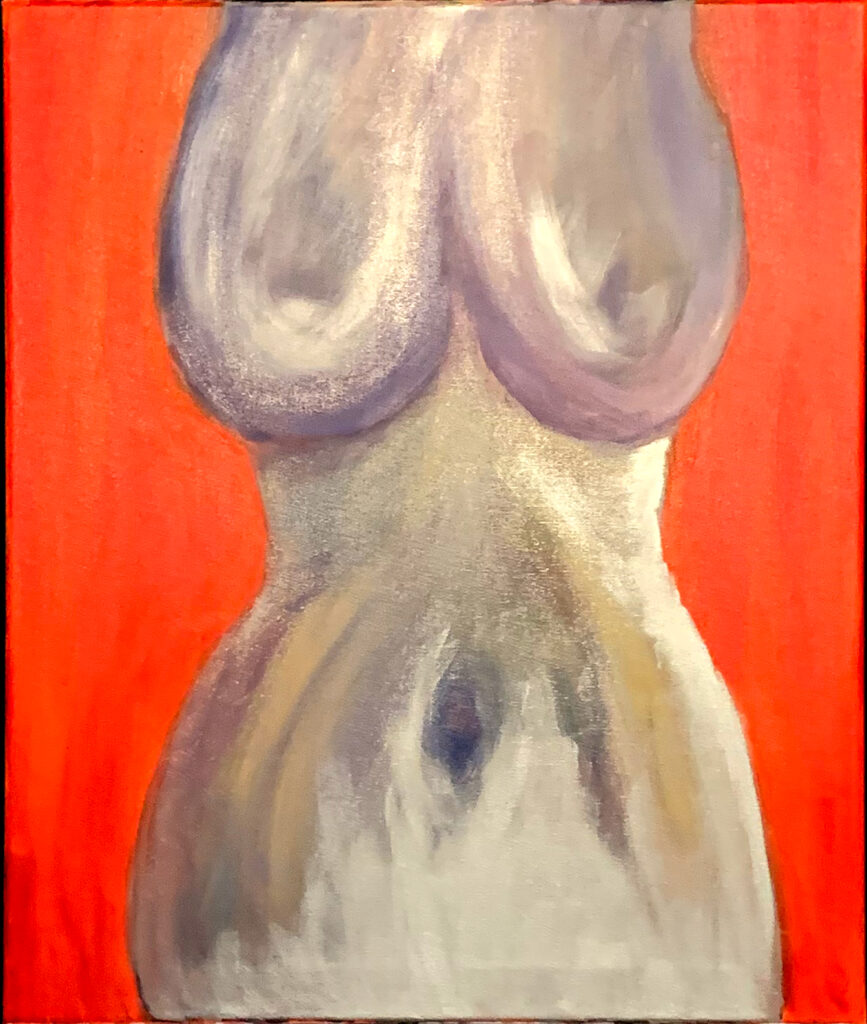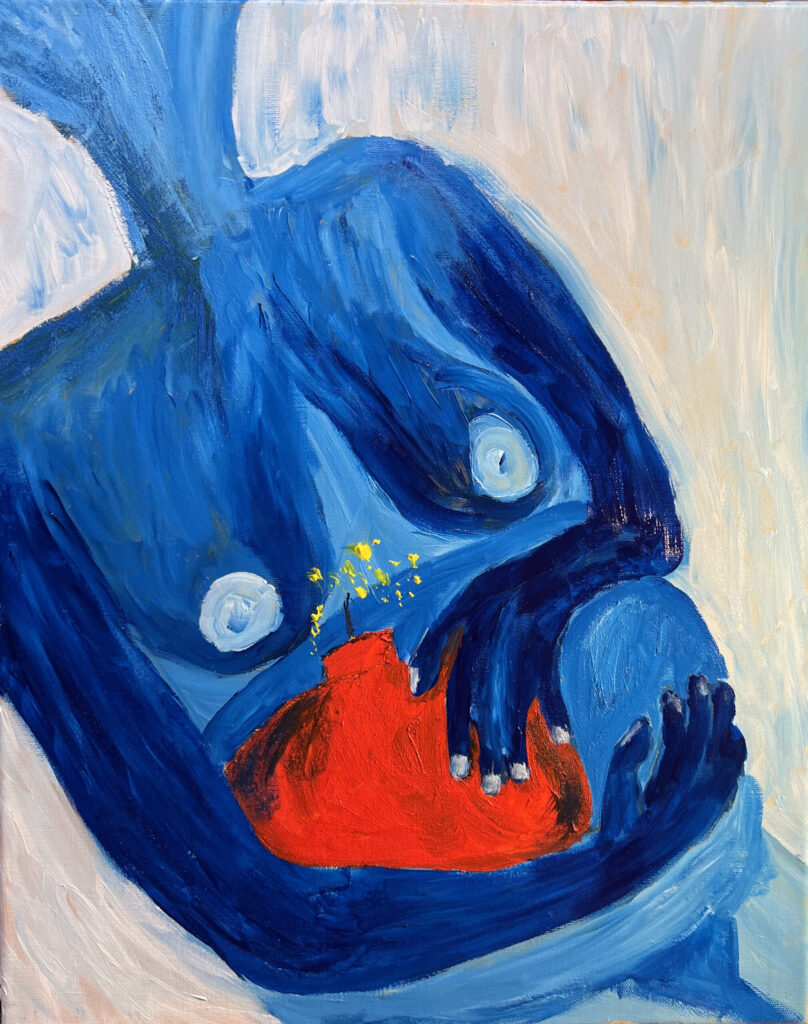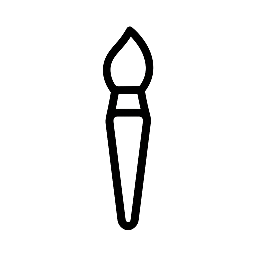The Journey to Unapologetic Art
As an artist, I’ve learned that some of the biggest challenges don’t come from the canvas or the medium, but from within. For me, that challenge has often been self-censorship.
For a long time, I downplayed my work with humor—pointing out flaws before others had the chance. If someone admired a painting, I’d respond with something like, “Thanks, but the building’s a little crooked.” By doing that, I gave people permission to see the imperfections I was so quick to highlight, unintentionally undermining both the art and their experience of it.
Self-censorship also held me back in bigger ways. I once created a series exploring shame and the female body—work that was powerful, raw, and very personal. When I had the chance to exhibit it, I pulled away, afraid it would be judged too harshly or misunderstood. Fear kept me from sharing something that mattered deeply to me.
Even smaller moments have revealed this struggle. A simple sketch of a branch once evolved into an abstract piece layered with geometric shapes. When a visitor questioned it, saying it resembled a penis, my first instinct was to change the drawing to avoid controversy. That moment made me stop and ask: why am I so quick to erase my own voice?
Over time, I’ve realized that my art is strongest when I stop trying to meet expectations—whether my own or others’. My best work comes from trust: trusting my instincts, my process, and my voice. I no longer soften my expression or create for validation. Instead, I let the work speak as it needs to, authentic and unapologetic.
This is the space where my art truly lives.

